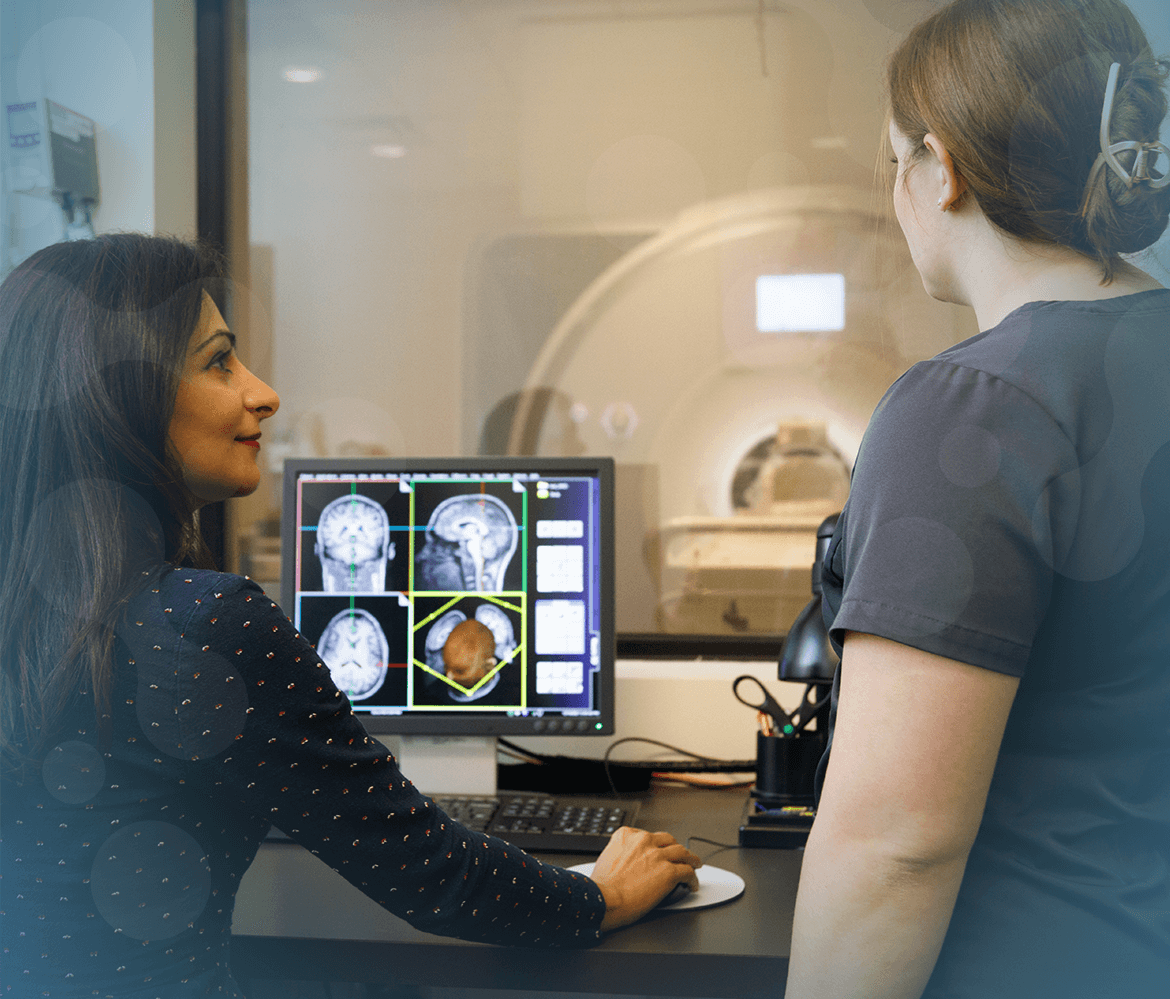What Is A Functional MRI?
Have you ever seen an fMRI scan and wondered how it works? These powerful tools allow scientists to study the brain in real-time, giving us a glimpse into the inner workings of the human mind. But how do fMRI machines produce such detailed images of the brain?
Here are some key points about fMRI:
- It measures changes in blood flow to observe which areas of the brain are active
- It uses a combination of a strong magnet and radio wave pulses
- The magnet aligns the positive and negative charges within the body, while radio waves knock them out of alignment
- The returning charges produce signals that can be detected and analyzed by a computer
As you may know, fMRI scans often show different areas of the brain highlighted in various colors. These colors represent changes in blood flow, with more active areas appearing brighter on the scan. But have you ever stopped to think about what these colors actually mean?
While fMRI is a valuable tool for understanding the brain, it’s not without its limitations. For one, the machines are quite large and can be intimidating for some people. Additionally, fMRI scans can be expensive and may not be widely available in all locations.
Despite these limitations, fMRI continues to be a vital tool for advancing our understanding of the brain and has contributed to numerous breakthroughs in fields such as psychology, neuroscience, and medicine. So the next time you see an fMRI scan, you’ll have a deeper appreciation for the science behind it and the role it plays in uncovering the mysteries of the human mind.




